Prevention is Ki
Acupuncture & Eastern Medicine
Traditional Chinese Medicine has been around for over three thousand years and has been used to prevent, diagnose, and treat disease. It includes acupuncture, moxibustion, massage, herbal therapy, diet and nutrition, physical exercise, and meditation. The underlying principle in Eastern Medicine is that illness or disease manifests itself when the flow of “Ki” within the body is disrupted.
What is “Ki”?
The Chinese character 氣 is written in the West as “Qi,” “Ki” (KEE, Japanese pronunciation), or “Chi” (CHEE, Chinese pronunciation). Ki is generally translated as life energy, vital energy, or life force. Ki flows through the body through meridians, or channels, to reach and connect the internal organs with the surface of the body, keeping a person’s physical, spiritual, emotional, and mental health in balance. Ki must flow through the body unimpeded to maintain a healthy state. Unfortunately, the flow of Ki can be disrupted by such things as stress, poor nutrition, unhealthy habits, or lack of sleep. This disruption affects the body’s natural ability to heal itself and maintain a healthy state. Acupuncture and Eastern Medicine aim to rectify any disturbance in the flow of Ki to enable the body to heal, regain, and maintain health.
Acupuncture
Acupuncture typically involves the gentle insertion of extremely thin needles at specific acupuncture points in order to influence the flow of Ki throughout the body to maintain and restore health to the body and the mind. All acupuncture needles used in our clinic are single-use, pre-sterilised disposable needles.
Although needles that pierce the skin are typically associated with acupuncture, acupuncturists utilize other “needles,” or tools, that do not involve piercing the skin. Such “needles” generally have a rounded or blunt end and are used to touch, tap, or brush over acupuncture points or meridians to stimulate Ki. These tools are extremely effective for treating children and people who may be scared of needles.
Moxibustion
Moxibustion, or “moxa,” involves the burning of the dried herb mugwort (Artemesia vulgaris) on or near the skin over acupuncture points, along the meridians, or over areas of pain or inflammation. The warmth, smell, and smoke from moxa stimulate the flow of Ki and invigorate Blood throughout the body.
Massage & Palpation
Acupuncturists gain information about a patient’s condition by monitoring their Ki. They take the patient’s pulse and may palpate the abdomen and along the meridians for any areas of pain, resistance, inflammation, and changes in temperature, color, or skin tone, as these can reflect what might be going on internally. Palpation, as well as massage, is also used to bring the patient’s awareness to specific areas of the body that need attention.
Shiatsu and Tui Na are therapeutic forms of massage that are used to encourage the movement of Ki and increase Blood flow along the meridians. Techniques include pressing, stroking, kneading, rubbing, tapping, and shaking. Massage can be used to alleviate stiff or tight areas, warm the body, and release tension or heat.
Cupping Therapy
Cupping therapy is sometimes used during an acupuncture treatment. In Eastern medicine, cupping is used to dispel the stagnation of Ki and Blood. It also improves the circulation of lymph and can help to remove toxins through the skin.
Cupping can be used to relieve muscle pain or tension, break up scar tissue, and ease congestion. It involves the placement of sterilized cups on the skin and creating a suction either by heat or a hand pump. The cups may be left in place for about 5-15 minutes or slid across the skin using oil or lotion.
Cupping can leave red circular marks on the skin, called petechiae, caused by increased blood flow to the skin. The marks don’t hurt, but are temporary and can last up to a week or so. Areas that have been cupped should be covered and protected from the cold and wind (including air conditioning).


